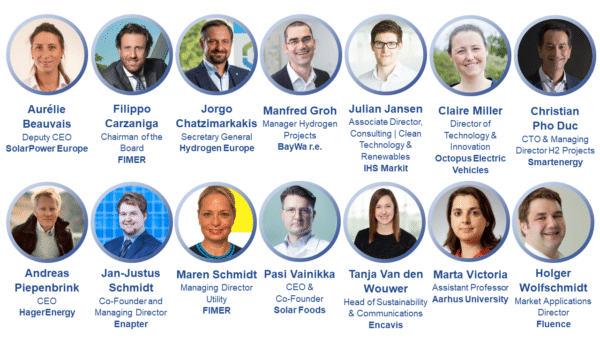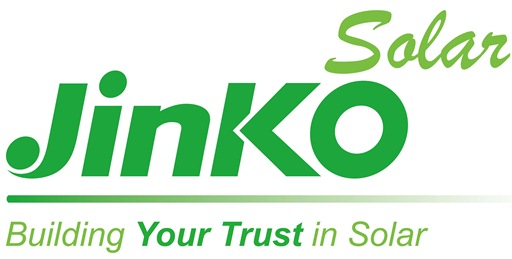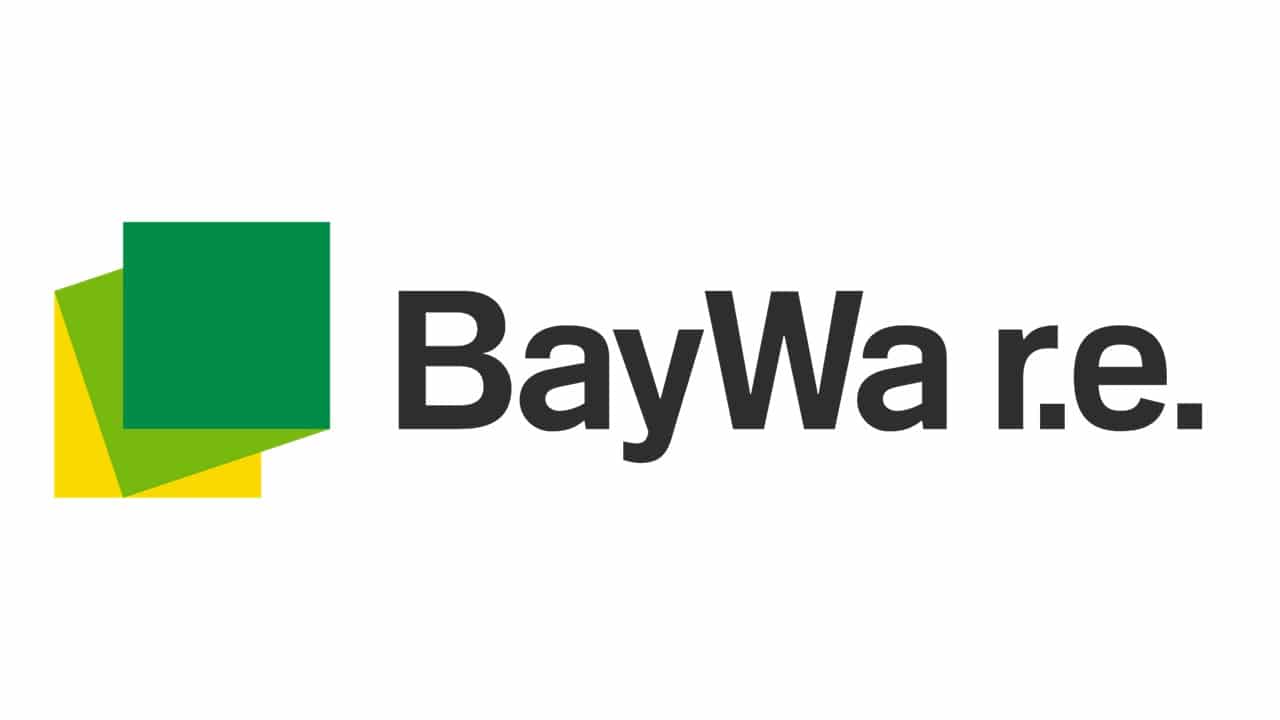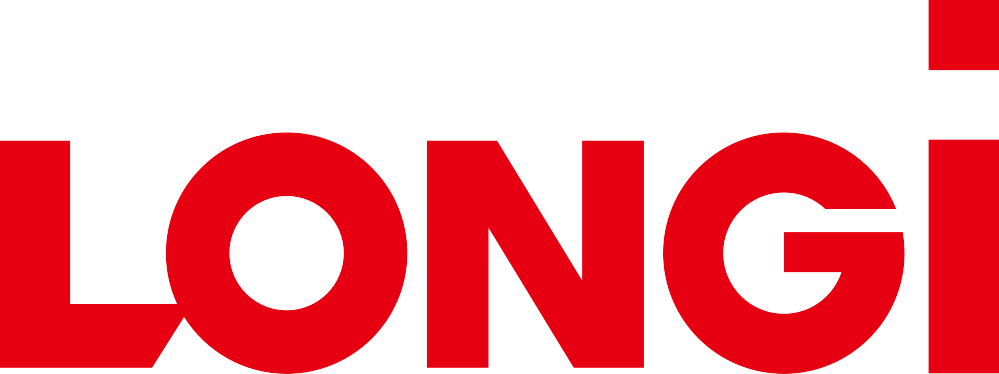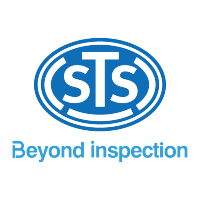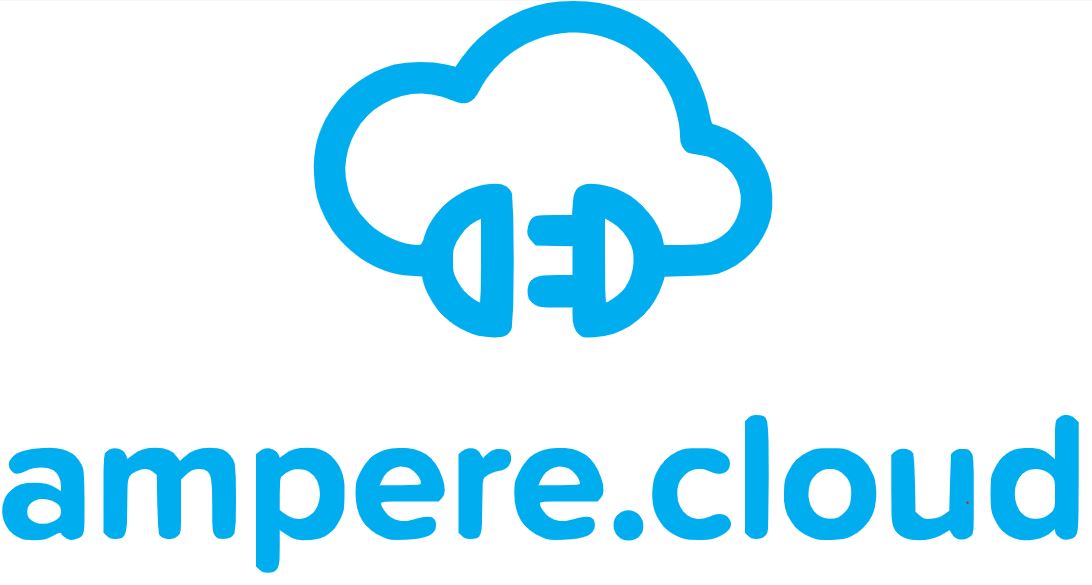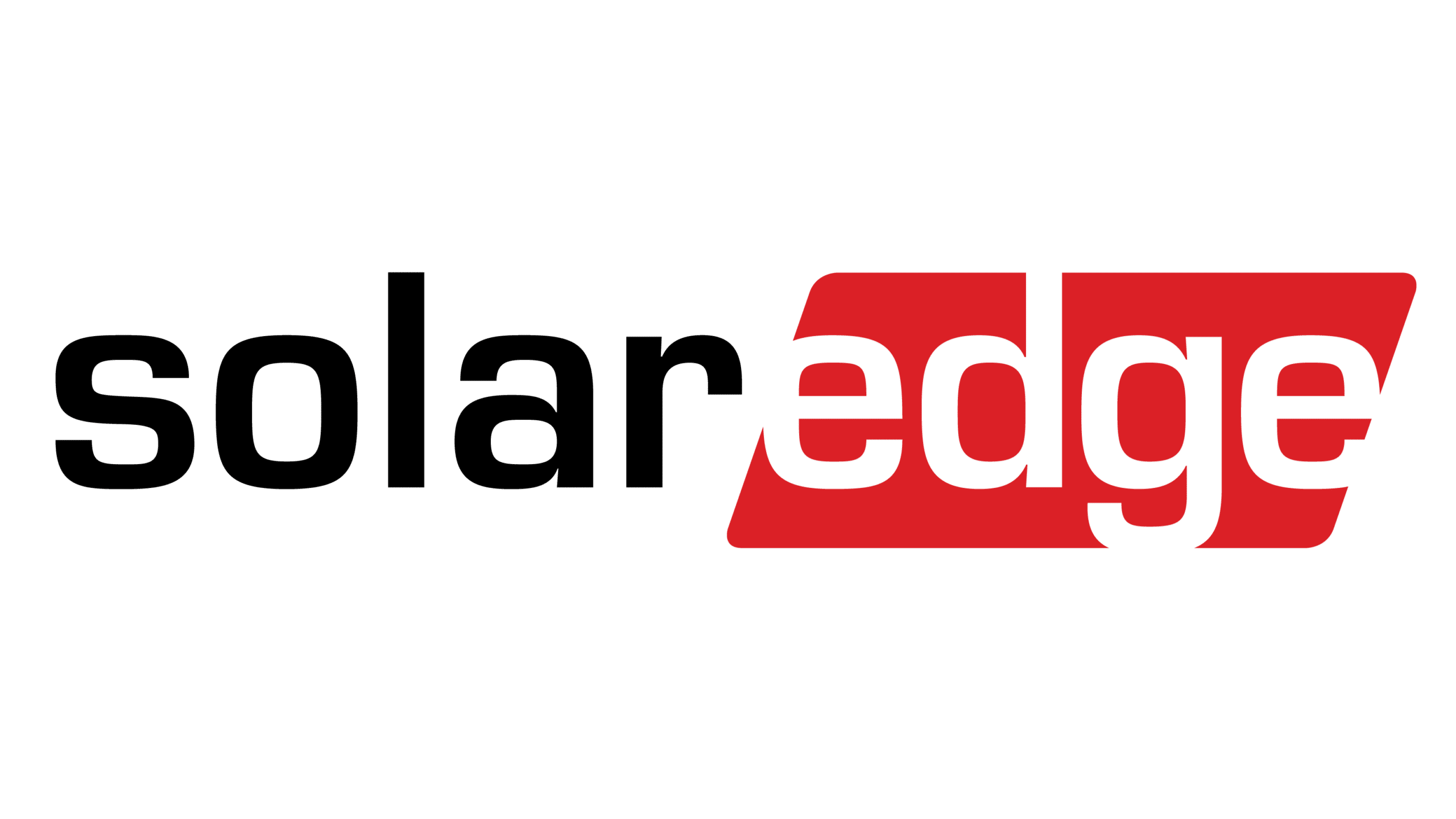Europe 2021
June 9 & 10, 2021
This event has ended, but the videos are available below. You can also still check out the agenda and our expert speakers‘ line-up, as well as the photo gallery of the event!
Throughout the event, our editors were reporting on our live blogs in English, German, French and Spanish, check it out!
Cornerstones for the solar energy revolution
With the deployment of solar in the markets of Europe hitting an inflection point, now is the time to ensure that the industry is built on sound foundations. pv magazine’s 2021 Roundtables Europe’s program addressed four cornerstone issues that will define the industry as it cements itself as a key pillar of the continent’s energy transition.
The next decade will see a transformation of Europe’s energy mix, with solar and wind to be the primary sources of electricity generation. Europe’s energy sector, by extension, will also be reimagined in this time – delivering opportunities for solar, but also the responsibility that PV delivers in terms of security of supply, sustainability objectives, and job creation.

These cornerstones comprise the streams of the Roundtables’ conference program: Quality, Asset Management, Sustainability and Made in Europe, as well as Innovation Hub: hydrogen, battery storage, and electromobility.
Agenda | Day 1 | June 9
Cornerstone 1:
Maintaining quality alongside rapid technological development
10am–12pm | CEST

The adoption of new technology is required to grow and maintain PV’s place in the energy transition. Thankfully, the rate of change within PV technology is accelerating, pointing to a bright future. But what quality risks are emerging from these new technologies? And how can they be managed?
One of the key developments in the PV marketplace in 2021 is the emergence and deployment of large-format and high-powered modules. Power outputs of 400, 500 and even 600 Wp and beyond are reshaping notions of power plant design. However, given the rapid shift, concerns have been raised about the longevity of high-powered modules, and their susceptibility to a range of failure modes.
The quality concerns include crystalline defects in larger wafers, cell cutting processes and spacing that can result in cracking, an increase in defects as a result of cell currents, lamination defects due to process changes, and the alignment of multi-busbars. Materials such as glass, EVA and other encapsulants will also be considered.
Methods for effective risk management will be addressed in the Quality session, including questions about the number of players involved in the distribution of risk. The session will also focus on ways to effectively designate the roles of banks, insurance providers, EPCs, manufacturers, and investors.
Solar deployment in Europe is accelerating, making a holistic approach to quality of vital importance.
Read our article about this session here.
Cornerstone 2:
Due diligence: Financial, contractual and technical perspectives of an evolving industry
2–4pm | CEST

Are solar projects always a sustainable investment class? How can buyers be certain an asset is a lucrative investment? And how can project developers fulfill the requirements set by asset managers? This year’s Asset Management Roundtable will bring together stakeholders that deal with PV projects from a financial, legal, and technical perspective.
The discussion will include existing arrays, best practices, and standards for technical assessments of solar sites before assets are sold. Repairs and the revamping of utility-scale PV projects might be inevitable, but how reliable are these solutions? And how can costs be related to yield increase at an early stage?
Representatives from testing laboratories, asset managers, and solar fleet owners will join our lineup of experts to discuss the unique challenges to each stakeholder and what they need from one another to improve the seamless transitioning of assets and the reduction of costs. The session will also focus on O&M services and how they can benefit from novel approaches such as automated drones and the analysis of big data. Are these indeed breakthrough technologies with cost-saving potential? Industry experts and the Roundtables audience will discuss.
In addition, EPCs, IPPs, and financial consultants will come together to consider the impacts of novel ESG regulations within the European Union. Will tighter rules on what counts as sustainable finance require a rethink on equipment choice, installation practices, and environmental assessments? And with so much new sustainable finance now available, could there be an installation boom?
Read our article about this session here.
Agenda | Day 2 | June 10
Cornerstone 3:
Sustainability & Made in Europe PV: Pros, cons and opportunities
10am–12pm | CEST

As Europe’s PV market scales, the security of module supply and other equipment, the sustainability of the products and processes, and the equity for its citizens and workers grows in importance. Recent discussions about supply chain transparency have brought these issues into sharp relief.
Given these dynamics, the Sustainability and Made in Europe session will explore European PV production, from polysilicon through to cells and modules. The discussion will include how a competitive European production industry can be built, with a focus on political, financial, and technological issues.
Sustainability issues are a natural part of the discussion of solar production in Europe. Advocates note that shipping emissions and recycling infrastructure and processes are available in Europe, but that may not be the case in the production centers of Asia. Projects that support the circular economy in solar will be addressed, along with what it means to have truly sustainable PV production.
Read our article about this session here.
Cornerstone 4:
Innovation hub: hydrogen, battery storage, and electromobility raise new opportunities for solar companies
2–4pm | CEST
Innovations for the generation and use of green hydrogen are developing at a fast pace. There is little doubt the technology is essential for the complete decarbonization of the economy. This opens up new questions: Where are the markets, how fast will they come, how can we ensure that hydrogen is green as well as being cost-efficient, and what needs to be considered by project developers when planning related business models? And, at the end, will there be an opportunity for market players coming from the solar sphere?
Looking at battery storage, similar questions have to be asked. Particularly in Europe, the market segments and sizes vary across the different countries. So far the main driver in Germany was residential self-consumption, but now the market for industry and SMEs is picking up some speed. In general, Europe’s market is not comparable with the booming storage sector in the US. Which innovations, technological or regulatory, are necessary to compete? How and when can the market become as attractive for solar companies across the continent as it is for their US counterparts?
Read our article about this session here.

